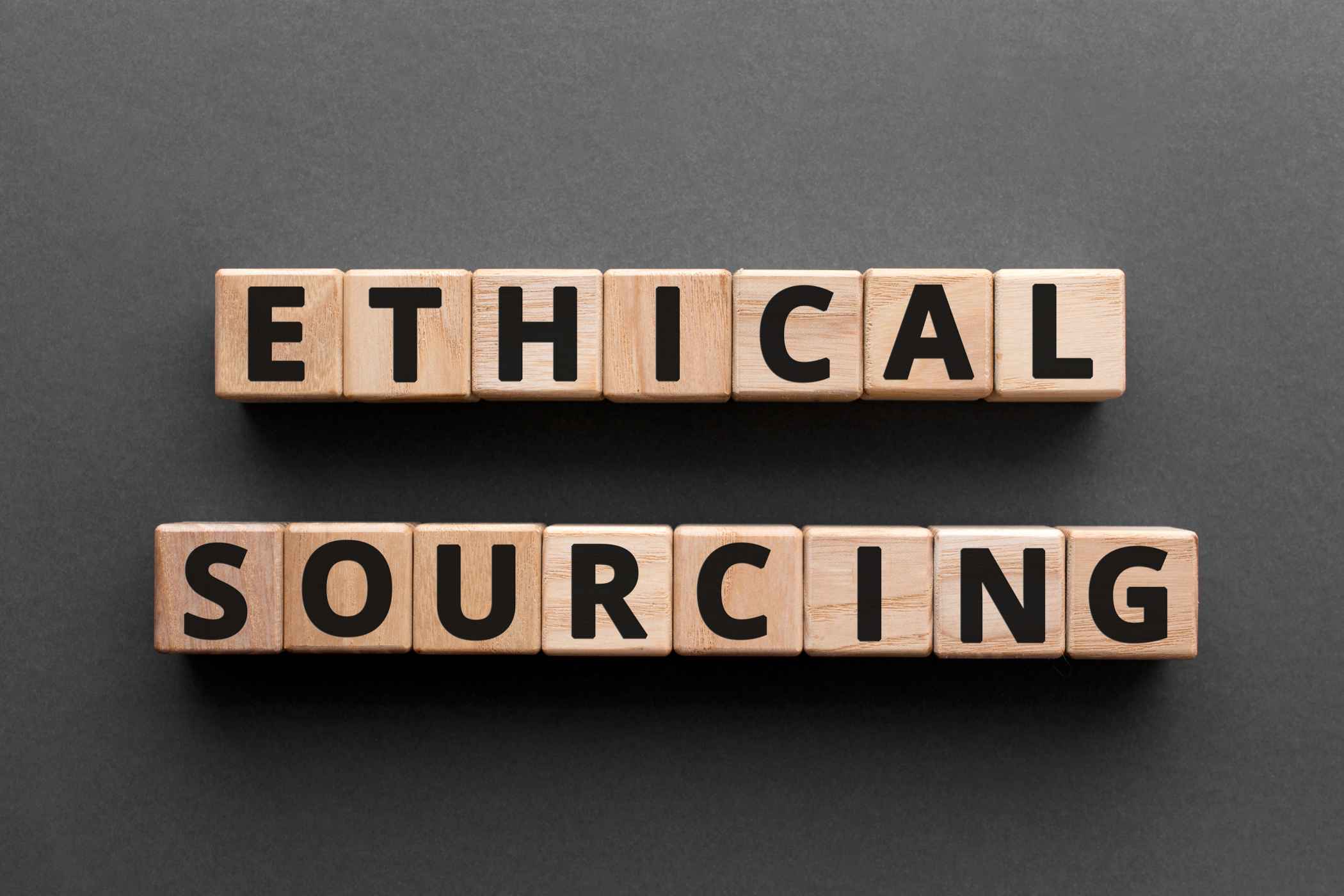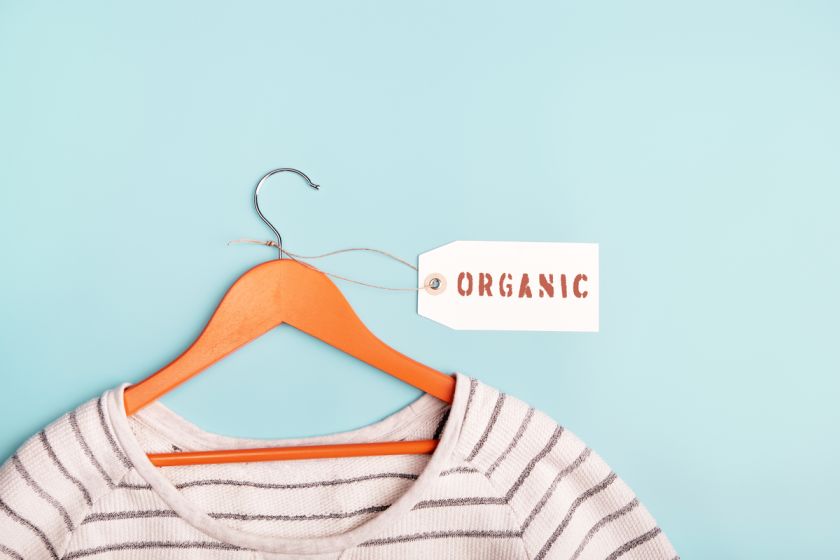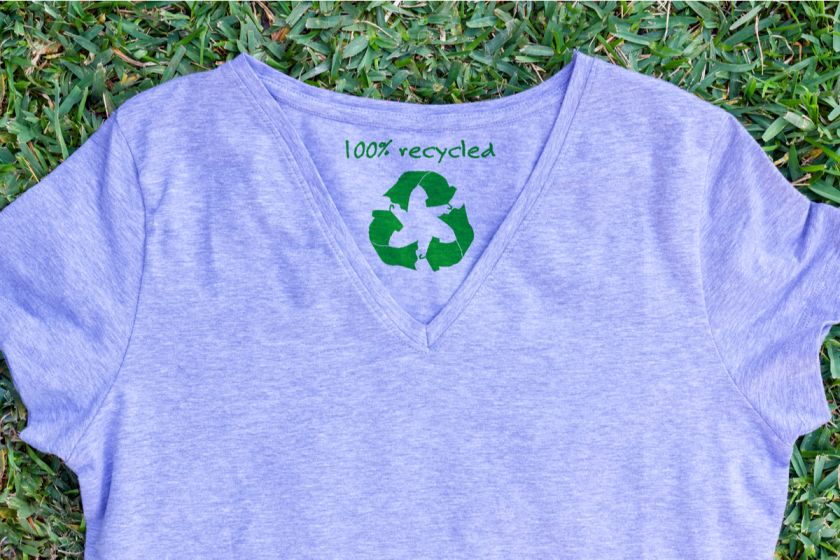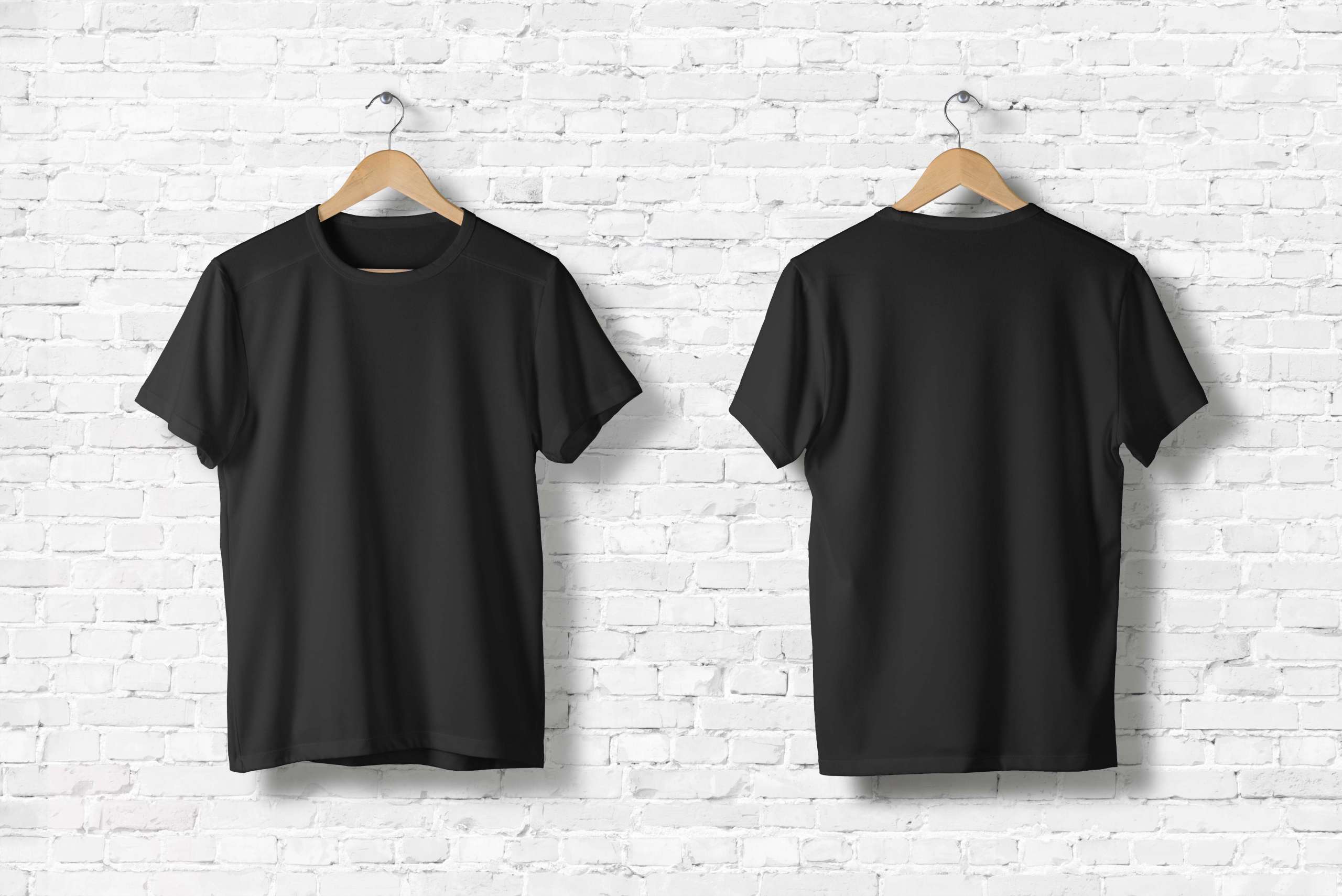How to Make Your Sourcing and Manufacturing Process Ethical for Fashion Brands



If you are a fashion designer or a fashion house owner, and worried about ethical sourcing of the raw materials for your creation, then you are not the only one. Considering the exploitation of weavers and small scale manufacturers who manufacture buttons, zippers, lace and other accessories for the garment manufacturing industry. No doubt a thing to worry about!
Read further if you want to know more about the malpractices prevalent in the apparel manufacturing industry and the ways to eliminate them.
What is Ethical Sourcing and Manufacturing?
Ethical sourcing means that the products which are used by the fashion houses are sourced and manufactured in a safe environment. In such an environment, the workers are paid their fair wages and benefits like provident fund/social security, medical allowances/ESI etc. are paid to them.
In such a fair environment, the workers have legal hours and any overtime they do is paid to them duly. They also need to have a safe and hygienic environment and in case there is any kind of accident, and the employee has to undergo any kind of medical treatment, he/she should be compensated duly by the organization. If there is any partial or complete disability, the organization should pay the compensation as per the labor law of the country.
The employees should not be discriminated against based on any kinds of biases and should receive the due recognition based on their performance alone. Ethical sourcing ensures that safe waste management is done by the factory and the wastes do not harm the environment. Community should not be harmed by the factories in any way which includes noise pollution, water pollution, soil pollution, air pollution etc.
The chemicals and components used in the factory should not be hazardous to the employee in the long run. If there are potential occupational hazards like exposure to radiation, poisonous substances etc. then the employment contract should include the same. In case of any kind of accident, leakage etc. the employees and their families should be compensated adequately.
How to Make your Sourcing and Manufacturing Process Ethical for Fashion Brands

1. Spreading Awareness about Ethical Sourcing and Manufacturing
Most of the corporates preach and advocate that they follow ethical sourcing and manufacturing practices. However, the reality is far from the truth. As the age old practice goes, people with money and power oppress the downtrodden and poor. Then they pay the lawmakers and keepers of the law to cover up their misdeeds.
The companies often forge data to show the labor department inspectors and officials that they are using fair, ethical and sustainable trade practices. Since the media and social media have become extremely powerful in the current times, and any malpractice can be captured using a smartphone and uploaded on social media, organizations have become extra cautious. On one hand, they are trying to create a clean image in front of the world through catchy advertisements. On the other hand, they are often not adopting clean and healthy environment practices.
No law can treat unclean conscience. People who are unethical will find loopholes to fool the system. Hence, it is important to create awareness amongst the workforce about the rights, and the human resources departments in the companies need to be employee-centric and impartial.
2. Creating a Brand Image and Impressing Consumers Honestly
From the times of British colonial rule, the textile industries built their empires based on the principles of exploitation of the workers and grassing the palms of the officials and middlemen. Post-independence, a lot of things have changed. However, till date, many textile and apparel manufacturers think that adopting fair and ethical practices will reduce their profitability.
In the last few decades, the human rights activists and environment policies ensured that ethical practices are followed in each and every stage of apparel manufacturing. Green consumerism has spread across the globe and the research data shows that consumers are ready to pay more for a product which is manufactured using all the ethical means.
Consumers are against child labor, environmental hazards and exploitation of workers. Many civil rights movements happened in many countries, where consumers boycotted such products where rules of protecting human beings and the environment had been violated during the manufacturing process.
3. Using Technology/Process Improvement Methodologies to Reduce the Costs and Making the Supply Chain Management Ethical
These are tried and tested real life solutions which will help the garment manufacturing and sourcing companies reduce their production and overhead costs. If the production costs can be kept low, the companies will not look at unethical means of production and will follow the environment-friendly guidelines.
- Reduction in cost related to production design- Before the production starts for any bulk order, the garment factory planner needs to plan for the entire production cycle from quotation to delivery of the items to the client to raising invoice and collecting the payments. In the supply chain management jargon it is known as quote to cash.
However, before starting the production planning of an order, the fashion designers/fashion houses should have submitted their designs. If the fashion designers use low cost material in their sample garment without compromising on quality, it will bring down the production cost. Reducing the cost of buttons and embellishments without compromising on the quality can be one example. Ethical sourcing plays a huge role here.
- Implementing Lean-Six Sigma methodologies- Lean basically means to reduce process steps thus reducing the lead time in production. Eliminating waste or reusing or recycling the extra cloth parts can be one of the ways to reduce cost in a garment manufacturing factory.
Another way to reduce production time is to check the location of the products and how much time it takes for the workers to reach them. For example, if the threads, buttons and zippers are kept very far off from the production area where the tailors work on their sewing machines, it wastes time. Creating a small centralized unit in the middle of the production floor where these items can be issued can be of immense help. Again, if a tool/software application manages the inventory, then a human being will not be needed for issuing the items and keeping the records in a hardcopy register. In that case, the stock checking team need not waste time tallying the inventory.
Six sigma focuses on reducing errors and in a garment manufacturing unit, the major errors happen in the spacing of the buttons, size of the collar etc. If good measuring units are given to the skilled workers, these errors can be reduced. The factory seconds have to be sold in the other market at half the price and it adds to the reduction of the bottom-line.
- Integrating the applications- If the payroll of a garment manufacturing factory is on SAP system, the supply chain is on Servicenow, and other upward and downward systems are separate, then the overhead cost will be very high. Different departments will have a lot of dependency and a lot of man-hours will be wasted in re-work and re-entering the data. If the garment manufacturing units focus on integrating all the applications used by all their departments the manual labor can be reduced. This will in-turn add to the profitability of the company.
- Following compliance guidelines- Every manufacturing unit including the garment manufacturing unit has to follow some regulatory and compliance guidelines set up by the government. If the factory follows all of them, they will not have to pay any penalty or fines.
4. Involving the Workforce and Junior Management in the Company Operations

The fashion brands should think about converting all the professionals of the company as brand ambassadors so that at every step they keep the brand image in mind. The companies are trying to align their workforce, junior management and senior management to the vision statement of the company and enforcing a flat work culture.
The junior management and new hires often provide valuable ideas to the designing team and talk about the latest trends in the market. If the senior management is smart enough, they can make use of these young professionals judiciously. The senior management should encourage the junior management to use social media to promote their organization’s brand through various posts and articles.
This trend picked up strongly in the last one decade. During the pandemic and now post-pandemic the world realized the value of the internet and technology all the more. The younger generation is more idealistic and believes in a fair and flat world. When the leadership and senior management teams encourage them to explore new manufacturers who believe in ethical sourcing and manufacturing, they put in all their efforts to identify such partners such as Fashinza.
Conclusion
Fashinza as a brand is respected in the world of garment sourcing and in the space of design to delivery for more than 15 years. We source fabrics and other accessories only from verified ethical manufacturers. Our team visits those partners on a regular basis to ensure that good quality materials are manufactured in their factories and the workers are not exploited. Sustainability tags and certificates from the recognized authorities are provided to our partners.
Get rid of your ethical sourcing worries by outsourcing your procurement process to Fashinza. . Spend time in your core competence - ‘designing’, and Fashinza’s dedicated team will take care of your entire P to P (Procurement to Pay) cycle. Happy Designing!



















